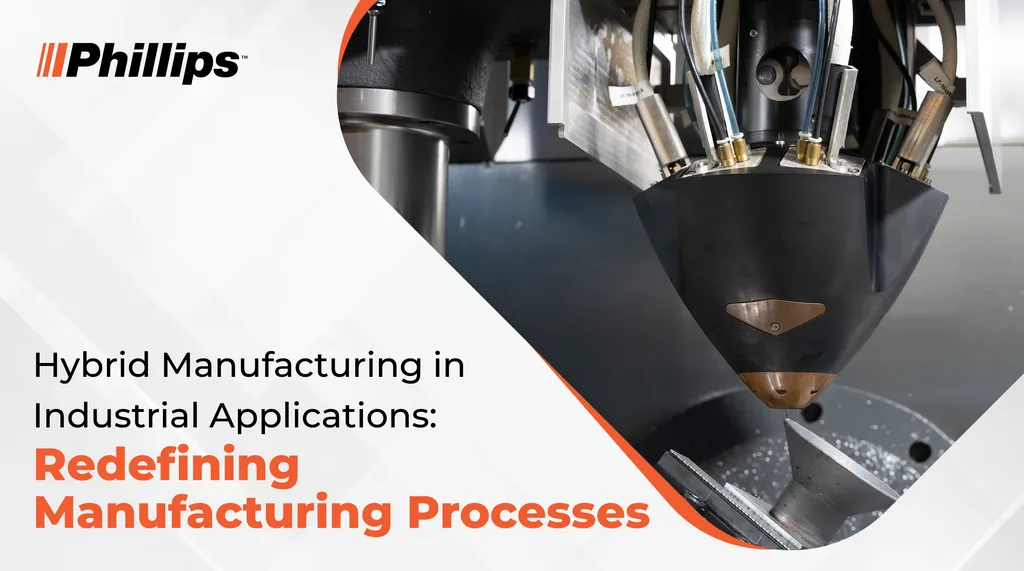In the ever-evolving landscape of manufacturing, a novel hybrid approach is making waves, promising to reshape how we build complex, multi-thickness components, particularly in the energy sector. This innovative method, detailed in a recent study published in the Journal of Advanced Joining Processes (translated from Portuguese as ‘Journal of Advanced Joining Processes’), combines wire-arc additive manufacturing (WAAM) with resistance spot welding (RSW), offering a glimpse into the future of industrial fabrication.
At the heart of this research is Maria R.F. Barros from IDMEC, Instituto Superior Técnico, Universidade de Lisboa, who led the study. Barros and her team have pioneered a technique that integrates additively deposited materials with commercial sheets, which can act as either supporting or functional elements. This hybrid approach not only enhances structural integrity but also opens up new possibilities for designing and manufacturing complex components.
The researchers conducted extensive experimental testing and finite element modeling to optimize key parameters such as electric current and welding time. “By defining the weld lobe and optimizing these parameters, we were able to identify two distinct joining modes: symmetric and asymmetric weld nuggets,” Barros explains. Symmetric weld nuggets, which exhibit higher strength, require a higher heat input, highlighting the delicate balance between performance and energy efficiency.
The study’s proof-of-concept prototype demonstrates the potential of this hybrid manufacturing approach, combining WAAM, machining, forming, and RSW to create components with improved structural integrity. This innovation could have significant implications for the energy sector, where the demand for robust, multi-thickness components is ever-growing.
Barros’s research not only advances our understanding of hybrid manufacturing but also paves the way for future developments in the field. As the energy sector continues to evolve, the need for innovative manufacturing techniques that can deliver high-performance components will only increase. This study, published in the Journal of Advanced Joining Processes, is a testament to the power of interdisciplinary research and its potential to drive industrial progress.
In the words of Barros, “This hybrid approach offers a new paradigm in manufacturing, one that combines the best of additive and traditional techniques to meet the demands of modern industry.” As we look to the future, the insights gained from this research will undoubtedly shape the way we build, innovate, and power our world.

